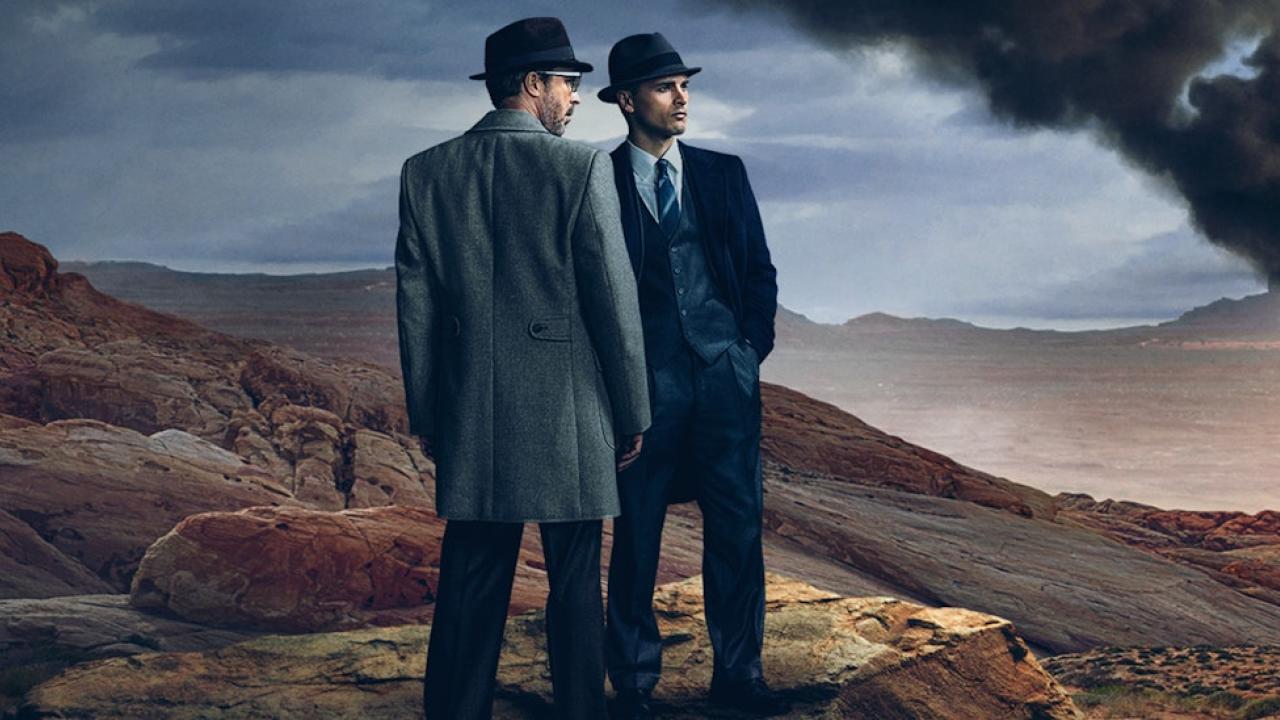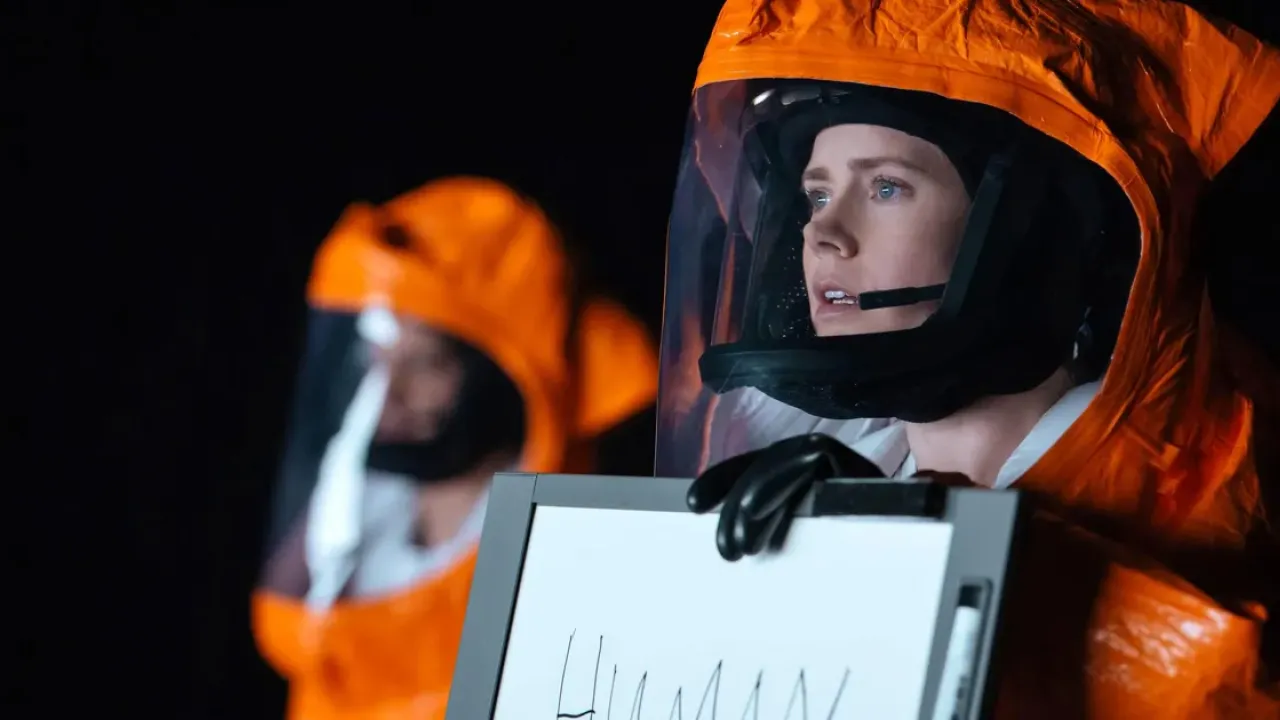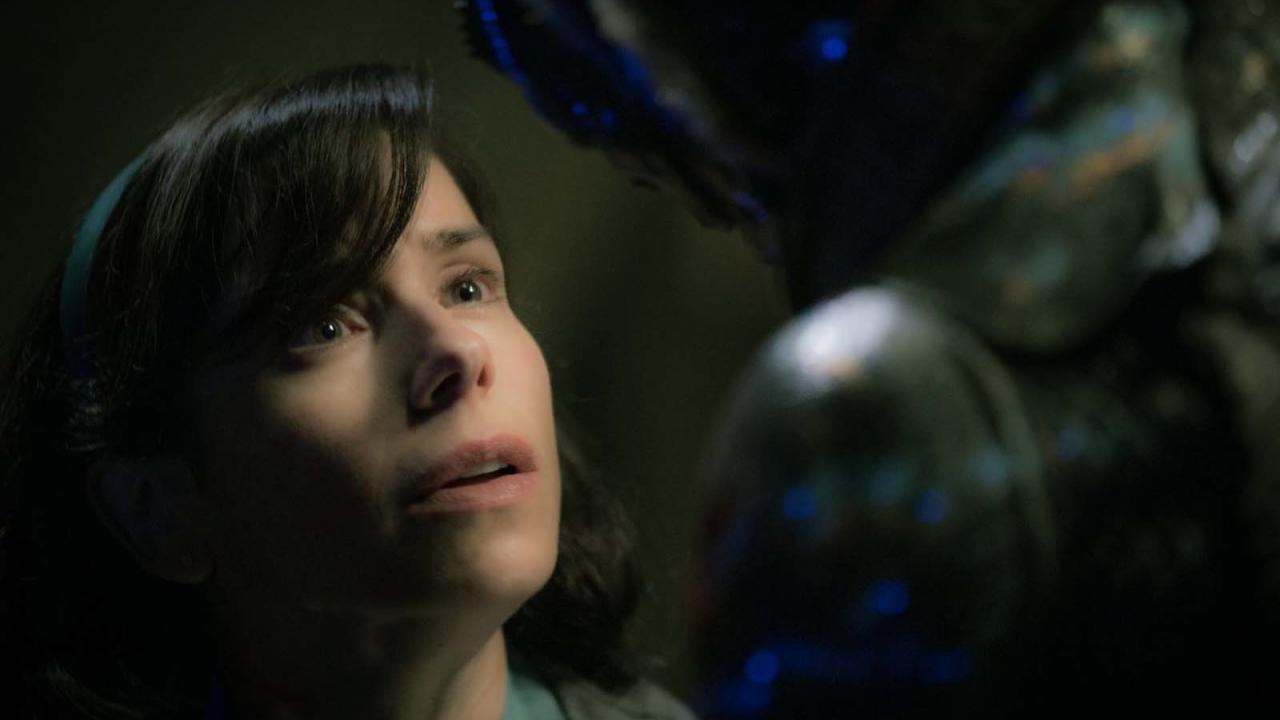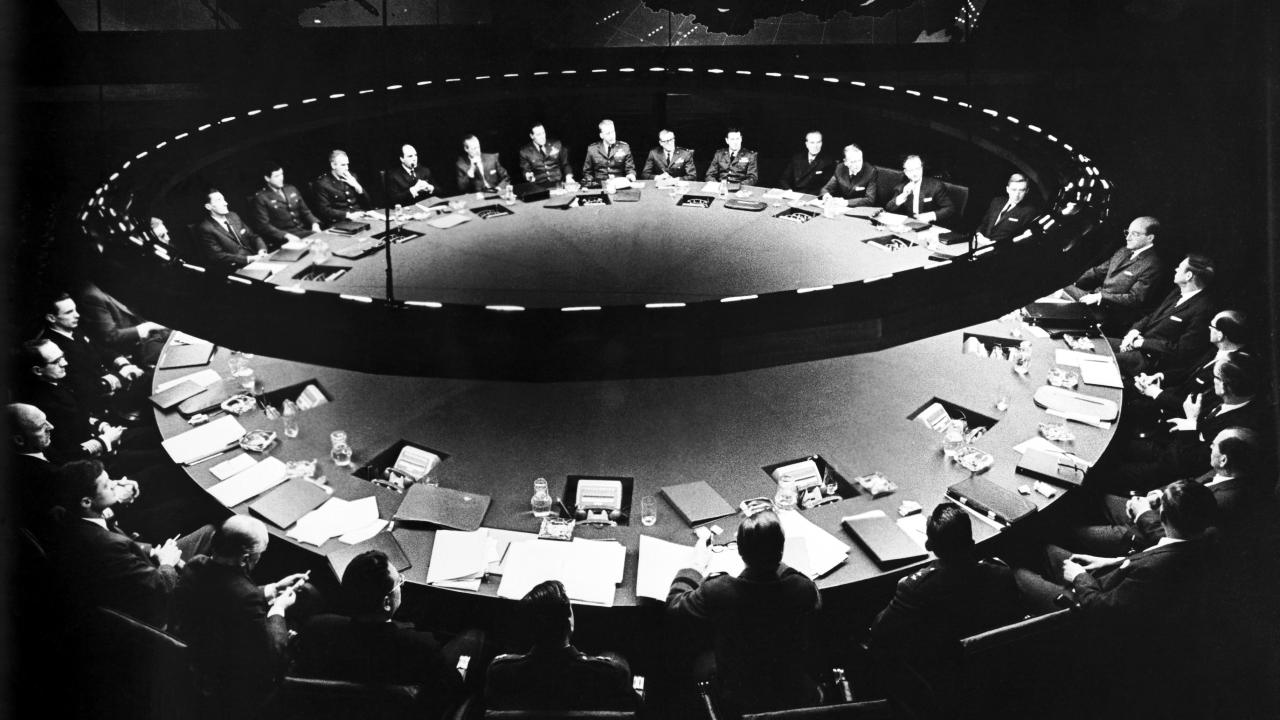Kategorie: Serienbesprechung + Arbeitsblatt
"Project Blue Book"
Project Blue Book
Science Fiction series about a secret U.S. Air Force program on UFO sightings

Unterrichtsfächer
Thema
In the mid-1950s, the renowned astrophysicist Josef Allen Hynek is commissioned by the U.S. Air Force, in association with Captain Michael Quinn, to run the new research program "Blue Book". The aim is to investigate apparently inexplicable phenomena whereby the witness or witnesses are convinced that they saw flying objects from outer space or even aliens. Like Sarah, for example, who is sure that she witnessed a UFO crashing one evening in a forest in Virginia. The U.S. Air Force generals fear that mass panic might break out. Quinn tries to explain the incident as a meteorite strike. Hynek is skeptical at the beginning because Sarah’s children also claim to have encountered a three-meter high figure.
Like all episodes, "The Flatwoods Monster", the second in the first season, is based on the journals of Josef Allen Hynek (1910-1986), who began working for the U.S. Air Force during World War Two and later took over management of "Project Blue Book". While the eponymous series does indeed center its plots on real cases of reported UFO sightings, it also draws a portrait of American society in the 1950s, set against the background of the Cold War. The camera angles (Glossar: Zum Inhalt: Kameraperspektiven) at the beginning, from the point of view of the respective eyewitness, give the impression that aliens are indeed visiting Earth. However, the real cause generally turns out to be new technology or experiments by the US military. The scenography (Glossar: Zum Inhalt: Production Design/Ausstattung), the detailed props (Glossar: Zum Inhalt: Requisite) and the Zum Inhalt: costumes all play a part in this realistic portrayal. That the results of research by Hynek and Quinn are always secondary is demonstrated by the Zum Inhalt: montage. The explanations for the phenomena are undercut with conferences in the military headquarters. This makes it clear that the published results of Project Blue Book are always subordinate to political or military interests.
The US military’s communication strategy lends itself to interdisciplinary analysis. For supposed strategic advantage over the Soviet Union, it kept experiments in psychological warfare or stealth technology secret. The irrational reaction by some members of the public to reported UFO sightings is also an issue worthy of treatment: an aggressive vigil-ante group forms in Sarah’s hometown, which is not just hostile to aliens but also threatens Sarah and her children. It would make sense for the students to carry out their own research into Project Blue Book and J. Allen Hynek. His classification of contacts with aliens became part of popular culture. Hynek‘s "Close Encounter" inspired the title of director Steven Spielberg‘s Zum Inhalt: science fiction film "Close Encounters of the Third Kind" (USA 1977), for which Hynek also acted as scientific advisor.



